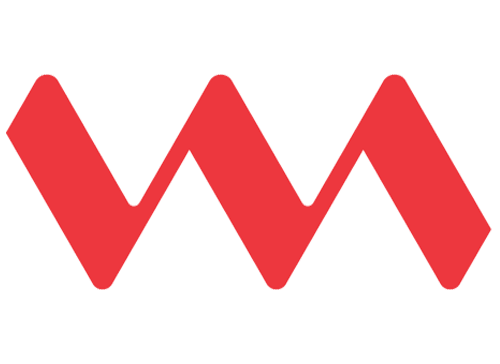Umbrellas up! Well whatever metaphorical ones you can grab hold of that may provide some reassurance for those “rainy days”. You know those days when your needs are greater than what your bank account offers? While a financial downturn is not necessarily an inevitability for the world’s eight billion people, we can’t negate its possibility, especially with life being layered with many unforeseen occurrences. So, for those rainy days, providing a financial cushion or setting up what the financial specialists call an emergency fund is extremely important.
So, what is this really? An emergency fund is a cash reserve that you put aside exclusively for those expenses that are unintended, unexpected, unplanned -or whatever other synonyms are attached to the word. Some unplanned occurrences that you can plan for are things like repairs to your vehicle, unemployment, medical bills or…a likely 2023 global recession.
So, now that you know the WHAT, let’s navigate the HOW.
- Establish your emergency fund goal: Let’s start by making our budgets clear. After deducting the monthly expenses for ALL our necessities how about pulling something from what remains for your emergency fund. But please…let’s make it realistic.
- How about setting smaller saving or contribution goals: Regularly setting money aside even in small amounts will ultimately get you towards that goal of your emergency fund. Rather than thinking of saving for two months’ worth of expenses, how about starting with two weeks? Sounds doable? “We just need to start to continue” – said every wise financial advisor.
- Clipping back on the wants to facilitate the needs: Identify something in life that you could possibly do without and then commit that expense towards your emergency fund. Maybe you can pass up those monthly French tips and add that extra 5K to the emergency fund each month. The aim here is to create healthy saving patterns.
- Automate the money for your emergency fund: Set up a separate account for your emergency fund and allow the money to move directly from the paycheck into that account. Make sure that it’s an account you can easily access. Oh…and there’s no need to peep into that account every single day!
But why now more than ever?
- The World Bank is warning of a looming recession and we’re witnessing rising inflation.
- While a recession affects all regions, here’s the triggering part…it’s very partial. Some of the biggest shakes will be felt in developing countries.
- The International Monetary Fund (IMF) is making public shouts that the world economic growth may be lowered by $4 trillion through to 2026.
- Fuel and food are going up! These are two things that directly affects the lives of just about everyone.
- And many are still recuperating from the economic blows of the pandemic, now coupled with the Russia-Ukraine war. That’s probably a very good way to explain a severe economic setback!
So, our daily lives being coated with uncertainties, the plaguing issues of global economic markets, and the experts perceiving that things could possibly get worse before they get better, having some extra funds available for emergencies now becomes an important facet of your overall financial well-being. Furthermore, it’s a good way to not depend on your credit cards or loans in times of financial need. Now that I’ve shown you precisely how to open your umbrella, and we’ve seen what the forecast looks like…let’s jump into preparation mode.












